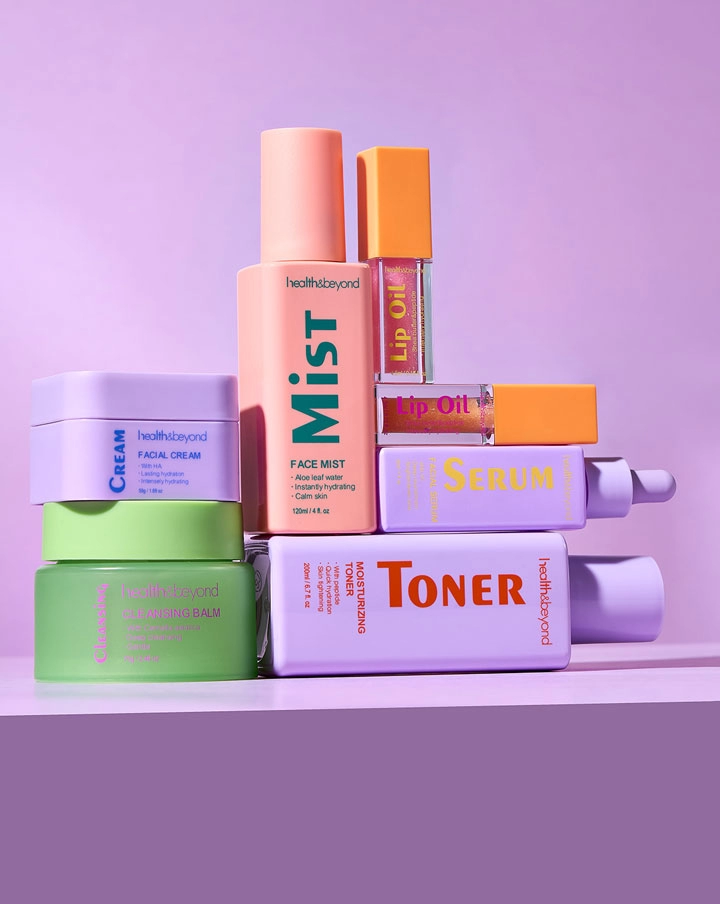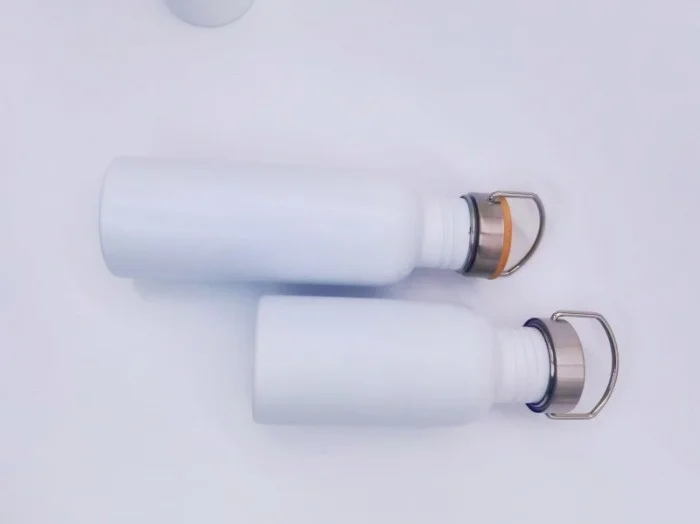Is Your Home Truly Clean? A Comprehensive Guide to Assessing Cleanliness Levels
2 min readMaintaining a clean and hygienic home is crucial for our health and well-being. However, determining whether our house is clean enough can be challenging. In this comprehensive guide, we will explore various indicators and methods to assess the cleanliness levels of your home. By following these guidelines, you can ensure a truly clean and healthy living environment for you and your family.
- Visual Inspection:
The first step in assessing cleanliness is a visual inspection. Look for visible dirt, dust, or stains on surfaces, furniture, and floors. Pay attention to areas that are often overlooked, such as corners, behind furniture, and under appliances. A clean house should have minimal visible dirt or grime. - Odor Evaluation:
Odors can be an indicator of cleanliness. A clean home should have a fresh and neutral smell. If you notice persistent unpleasant odors, it may be a sign of hidden dirt, mold, or other issues. Proper ventilation, regular cleaning, and addressing the source of odors are essential for maintaining a clean-smelling home. - Indoor Air Quality:
Cleanliness extends beyond what meets the eye. Indoor air quality plays a significant role in determining the cleanliness of your home. Dust, allergens, and pollutants can accumulate in the air, affecting your health. Regularly changing air filters, proper ventilation, and using air purifiers can help maintain clean and healthy indoor air. - Microbial Assessment:
Microorganisms, such as bacteria and viruses, can thrive in an unclean environment. While not all microbes are harmful, it is essential to minimize their presence. Regularly disinfecting high-touch surfaces, using antibacterial cleaning agents, and practicing proper hygiene can help reduce microbial contamination and ensure a cleaner home. - Allergen Control:
Allergens, such as dust mites, pet dander, and pollen, can trigger allergies and respiratory issues. Assessing allergen levels is crucial for a clean home. Regular vacuuming with HEPA filters, washing bedding in hot water, and minimizing the presence of allergen sources can help control allergens and improve indoor air quality. - Hygiene Practices:
Personal hygiene habits and cleanliness practices also contribute to a clean home. Regular handwashing, proper food handling, and maintaining clean personal spaces are essential. Educate family members about hygiene practices to ensure a clean and healthy living environment. - Professional Cleaning:
Sometimes, despite our best efforts, it can be challenging to maintain a high level of cleanliness. Hiring professional cleaning services periodically can provide a deep clean and ensure that hard-to-reach areas are thoroughly sanitized. Professional cleaners have the expertise and tools to tackle tough cleaning tasks effectively.
Conclusion:
Assessing the cleanliness of your home involves a multi-faceted approach, considering visual, olfactory, and microbial indicators. By conducting regular inspections, practicing good hygiene habits, and addressing any issues promptly, you can ensure that your home is truly clean and healthy. Remember, a clean home not only promotes physical well-being but also contributes to a peaceful and comfortable living environment.



